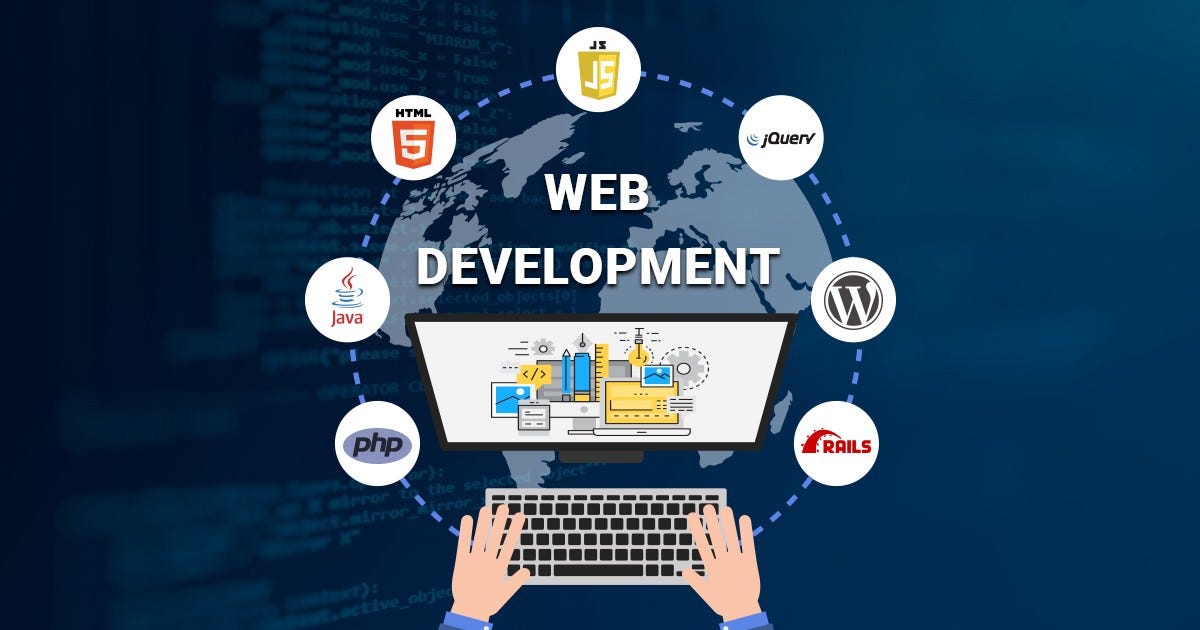The Evolution and Essentials of Website Development
The Evolution and Essentials of Website Development
Blog Article
The digital world is awash with opportunities the internet is an online shopfront for companies as well as individuals. There's more to it than just having an online presence anymore; it's about making an lasting impression, driving engagement as well as achieving goals. Web development, the method of creating or maintaining web pages, merges technological expertise with creativity to produce web-based experiences that attract viewers. Let's explore the intricate details of the development process for websites and look into the significance of it in our interconnected world.
The journey of website development begins with meticulous plan and strategy. Knowing the goal of the website, target audience and the desired functionality is crucial in creating a strong base. The initial stage sets the course for the rest of the development process, guiding decisions regarding design aesthetics as well as the structure of navigation and arranging content. When aligning these components with the overall goals, designers can ensure that the finished product resonates with its intended users.
After the user's target market is identified, the process of website development progresses into the design and planning phase. This involves drafting an outline of the site's architecture, layout, and navigation. Designers concentrate on aspects like color schemes, the use of imagery and typography as well as branding, to make a visually attractive and unified interface. User experience (UX) guidelines can be integrated into the design to enhance usability and accessibility. This allows visitors to browse the site easily and locate the information they are looking for.
The technology is evolving and so are the tools and frameworks for web developers. In addition to HTML and CSS and CSS to JavaScript and PHP There is numerous frameworks and programming languages to select from, each having their strengths and abilities. Modern Website Development typically involves the use of Content management systems (CMS) such as WordPress, Drupal, or Joomla that simplify the process of developing and allow non-technical users to manage website content easily. Furthermore, the advent of responsive web designs has made it imperative for designers to ensure that their sites have been designed for optimal viewing on all devices, such as smartphones, desktops and tablets. To generate extra details please go to Homepage
While the development phase is close to close to completion, rigorous testing will be conducted to find and fix any possible issues. Testing for compatibility between different gadgets and browsers, and also evaluating the performance and functionality under different circumstances. By taking care to ensure quality the developers work to provide the user with a smooth experience that is free of glitches and inconsistent features. Furthermore, the feedback of customers and stakeholders are sought and used to improve the website prior to official launch.
The ever-changing world of development for websites, staying up-to-date with the latest technologies and emerging trends is vital. From responsive design and mobile optimization to the development of progressive websites as well as voice interfaces, advances continuously alter how websites are created and consumed. Developers must embrace these advancements and adapt their skills and strategies accordingly to remain at the forefront of digital innovation. Furthermore, continuous maintenance and upgrades are vital to keep the website secure up-to-date, functional and useful for a long time.